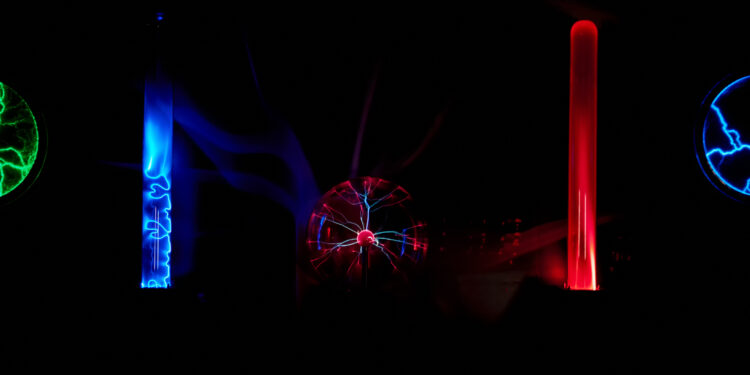Projectile nuclear fusion may be the breakthrough: Nick Hawker announces work on First Light demonstration plant to begin in 2024
Light Fusion, the project that aims to revolutionise the way nuclear energy is produced, could see its first demonstration plant in 2024. As we all know, nuclear fusion is the process by which two light atomic nuclei combine to form a heavier nucleus, generating a large amount of energy. The ‘First Light’ method uses the same physical principle but through a unique approach that, by definition, involves firing a projectile at a fuel pellet to cause its fusion and subsequent energy production.
“It will have a stored electrical energy of about 100 mega joules and the ability to hurl projectiles at 60km per second,” state First Light’s development staff. ‘Through the speed-amplification technology, we will then reach about 200km per second. The amplifier concentrates the energy of the projectile in the fusion fuel, increasing the pressure of the fuel impact and shaping the waves to produce spherical implosions.” This is a significant step forward compared to the current ‘Machine 3’ project, which achieves 20km per second.
The development team is confident, as CEO and co-founder Nick Hawker states:
“With agreements in place and contracts signed with designers and architects, we can accelerate the development time. The recent result from the National Ignition Facility in California proved what we have always known about inertial confinement fusion: it works and offers the potential for a faster path to commercial fusion.”
Where today’s nuclear power plants release energy by splitting atoms in fission reactions, fusion reactors aim to produce energy in the same way as the Sun does but, in the case of Light Fusion, with an innovative method that takes its cue from the nature of the Pistol Shrimp. The curious animal is able, through the snapping of its claws, to generate a shock wave that sends a jet of water shooting forward at up to about 100 km/h. It is so fast that the water itself is vaporised as it crashes against the calm water surrounding it, creating tiny cavitation bubbles that interact with the shock wave and collapse in a very short period of time.
The ambitious Light Fusion project, which has already raised significant amounts of money, will begin construction in 2024.
Author: Alessandro Volpe

































